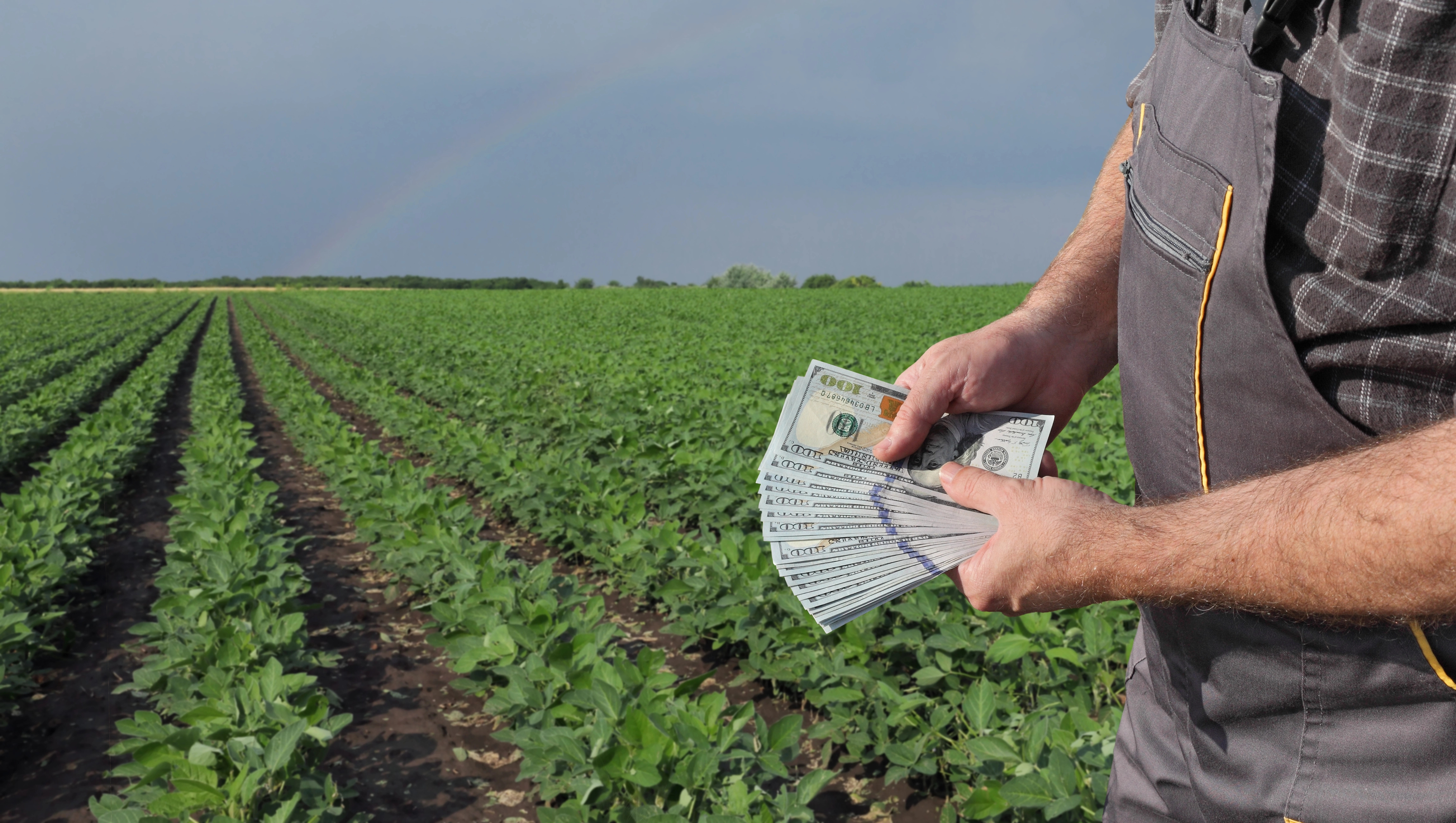Purchasing Grain at a Country Elevator — Part 2
In Part 1 of this article, we explored some of the complexities involved in purchasing grain from farmers at a country elevator, including farm splits, quality discounts, grain contracting, and storage.
In Part 2, we’ll cover additional aspects of the grain purchasing process, focusing on:
- Unpriced Grain Purchases
- Contract and Ticket Advances
Unpriced Grain Purchases
One of the key challenges in grain accounting at a country elevator arises when the purchase price isn’t finalized at the time of delivery. Several contract types can result in this situation:
- Basis Contracts – The basis is locked in, but the futures price is left open to be set later.
- Deferred Price (DP) Contracts – Also known as price-later, no-price-established, or fully unpriced contracts, where both basis and futures are established at a later date.
- Futures First (Hedge-to-Arrive) Contracts – The futures price is locked in first, with the basis to be determined later.
When grain is purchased and applied against an unpriced contract, ownership transfers to the elevator, but no official purchase price has yet been recorded. This creates an accounting challenge, as the grain has value but no definitive book price.
The most common solution is to use periodic inventory accounting and employ mark-to-market valuation. Because grain is a fungible commodity traded on open markets—such as the Chicago Board of Trade (CBOT) or Winnipeg Commodity Exchange (WCE)—its fair market value can be determined reliably. This approach allows gains or losses in value to be recognized accurately over time.

Alternatively, a perpetual inventory system can be used, where the grain is priced at delivery based on current futures and/or basis values. Adjustments are then made to the inventory value or cost of goods sold once the final price is settled.
It’s also important to note the distinction between stored grain and purchased grain:
- Grain in storage remains unowned until applied to an unpriced contract or the price is set.
- Grain under a deferred price contract is owned by the elevator immediately upon purchase, even though its price is still undetermined.
Ownership status directly affects how the elevator may use, sell, or hedge the grain in its position management.
A perpetual inventory costing system is very often used when the grain is purchased for internal consumption, such as in animal feed or milling operation. In this case, once the grain is fully priced the organization might be less interested in subsequent market fluctuations, since they will not impact current ingredient costs or future revenues.
A periodic inventory accounting system is more likely to be used when the organizations primary business is grain merchandising. Under this scenario changes in the market price subsequent to purchase can have a major impact on the value of the inventory on hand, and the potential revenue from any subsequent sale. In this case, bringing the inventory to market (mark-to-market) accounting gives users of the system’s accounting information the most accurate picture of the organization’s financial position.
Agrosoft & AgExceed both provide full support for the purchase of both priced and unpriced commodities, as well as periodic and perpetual inventory accounting.
What’s in a Name?
In addition, Agrosoft also allows users to define custom aliases for each pricing type—for example, a “Basis Contract” might appear as “Basis Only,” “Basis Contract,” or “Basis First.”
This flexibility lets you tailor contract terminology and default terms to fit specific market situations. You can even create special contracts with unique terms, such as a seasonal “Christmas Contract” complete with its own “Santa Clause” drafted by your legal team. Ho, ho, ho!

Contract and Ticket Advances
In some jurisdictions, regulations require that a nominal advance payment—sometimes as little as $1—be made at the time of grain delivery to provide legal consideration.
Agrosoft supports several types of advances to handle these requirements:
- Ticket Advances
These are immediate advances issued at grain delivery time. The advance amount can be calculated using the current futures or basis price (from a live feed or internal price list) or entered manually with an advance percentage applied to compute the payment. - Load Advances
These advances are linked to the physical movement of grain. For example, you might issue an advance on 50 railcars once they leave a terminal and are in route (“on wheels”) to their destination.
Since the shipment is largely complete at that stage, liability may shift to the carrier rather than the seller—depending on contract terms. Typically, a portion of the payment is withheld to allow for possible adjustments due to grading or quality differences upon arrival. - Contract Advances
These are advances made against the contract itself, rather than any specific delivery. For example, you might pay 10% of the estimated contract value upon signing, with the advance deducted from future settlements as grain is delivered.
If the contract is not yet fully priced, Agrosoft can estimate its value using the current futures and/or basis prices at the time the advance is issued.
To ensure accuracy, the system immediately applies the full advance amount to payments, preventing over-advancement. For instance, if a $100 advance was made on a 100-bushel contract but only 90 bushels were ultimately delivered, Agrosoft ensures that the proportional overpayment ($10) does not occur.

In summary, Agrosoft and AgExceed are designed to simplify the complex realities of grain purchasing and accounting at country elevators. By supporting all major contract types—priced, unpriced, and deferred—along with flexible inventory valuation and advance payment options, these systems help ensure accuracy, transparency, and compliance throughout every stage of a transaction. Their ability to adapt terminology, automate calculations, and integrate live market data reduces manual errors and administrative burden, allowing elevators to manage risk, maintain clear financial records, and focus on profitability rather than paperwork.
